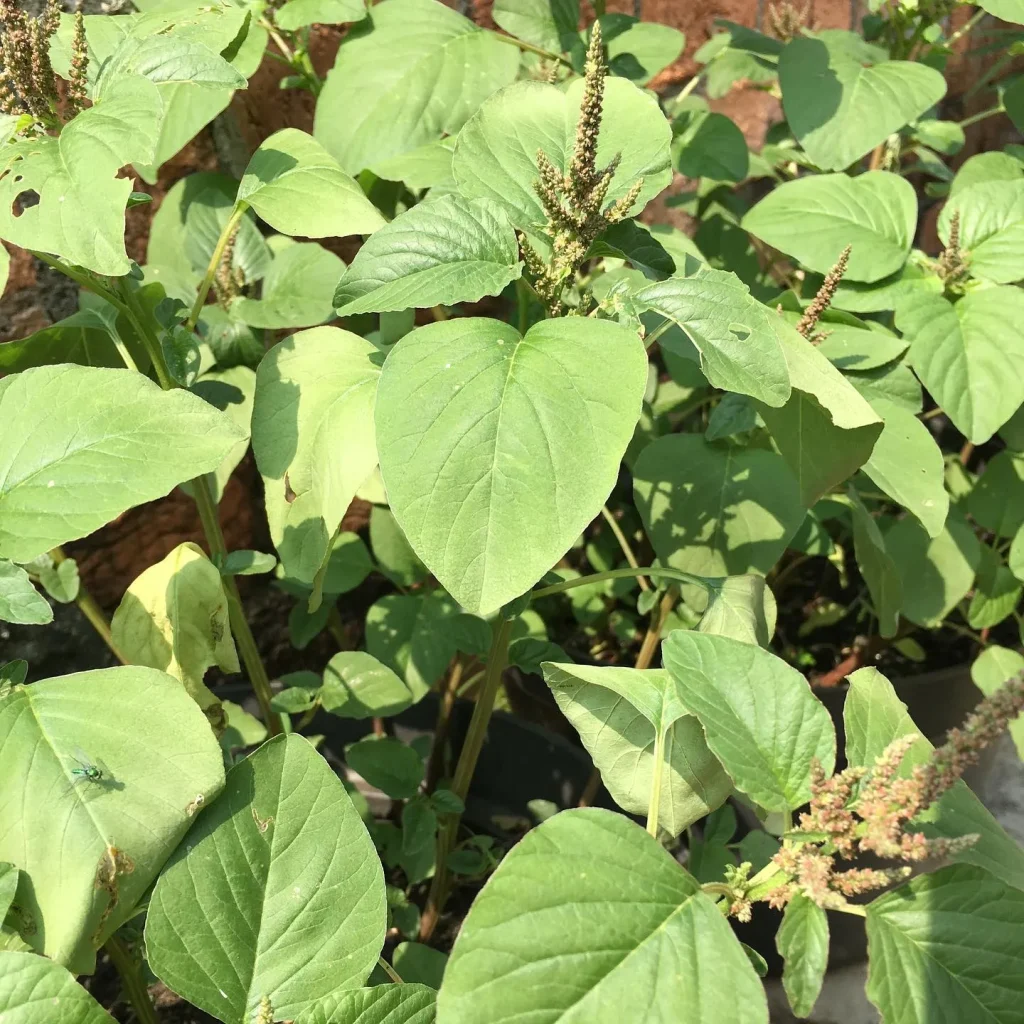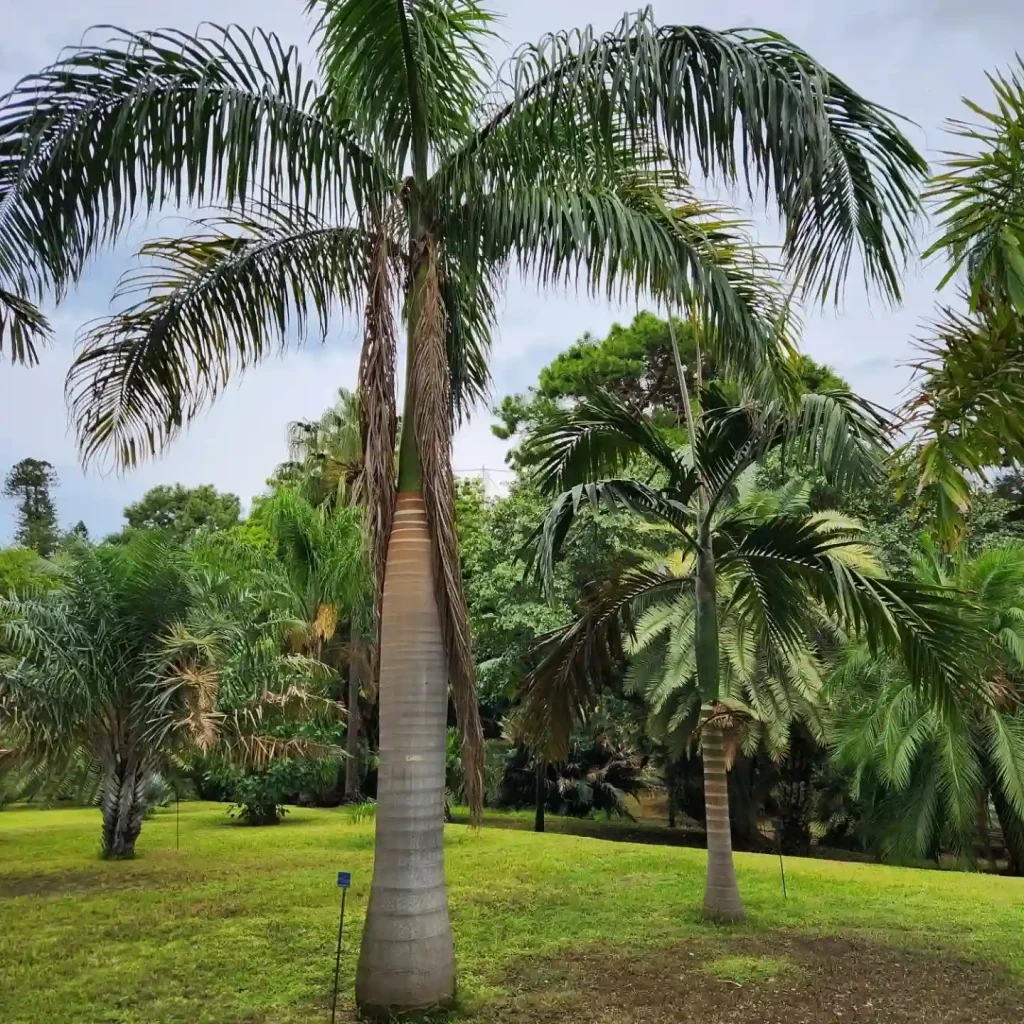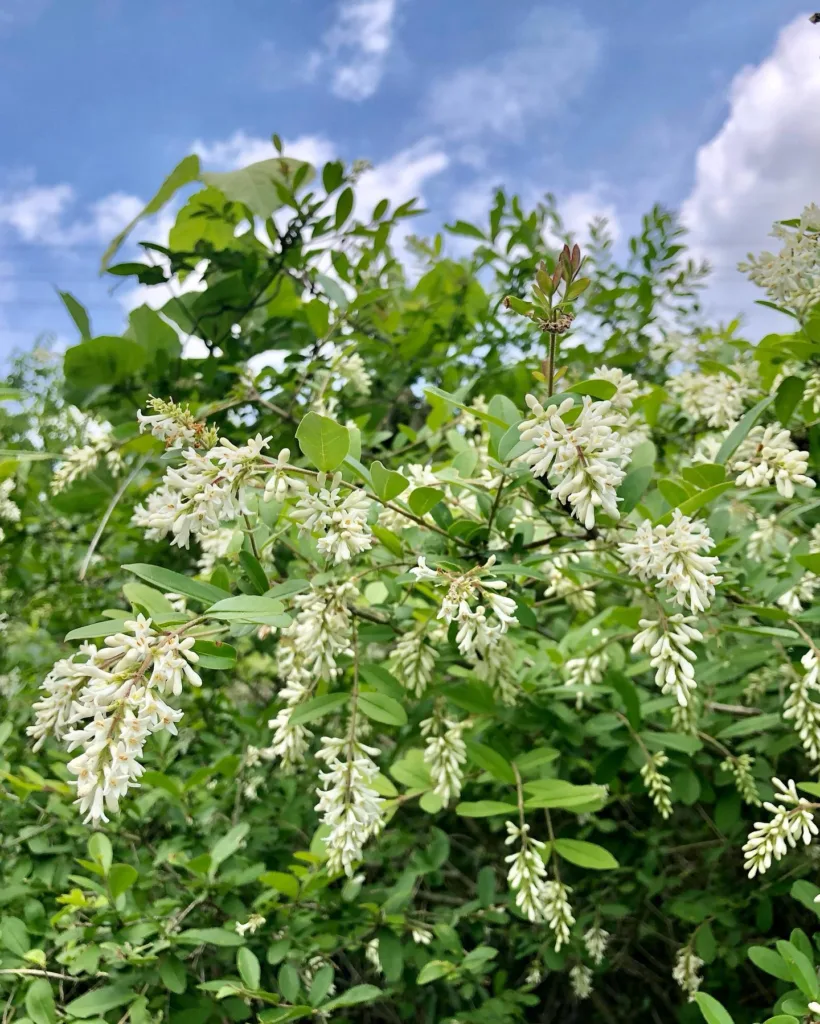
Gold Dust Croton vs Japanese Laurel
When I grew Gold Dust Croton in my garden, its vibrant, speckled foliage added a lively burst of color that really stood out, though it did require quite a bit of sunlight and care to keep it looking its best. On the other hand, my Japanese Laurel has been a much lower-maintenance option; its dense, glossy leaves provide a rich green backdrop year-round and it’s been incredibly resilient, thriving in shadier spots with minimal fuss.
Is Croton Gold Dust toxic to cats?
I remember when I first got my Gold Dust Croton plant, I was really worried about my cat. After doing some research, I found out that the Croton Gold Dust is indeed toxic to cats. Thankfully, Ginger, my cute cat tends to stay away from the plant, but I still keep it in a spot where she can’t easily reach it just to be safe. It’s a relief to know that with some precautions, we can all coexist peacefully.
How to propagate Gold Dust Croton?
Propagating my Gold Dust Croton was an exciting project. I took some healthy cuttings from the plant, making sure each had a few leaves attached. After letting the cut ends dry out for a day or two, I planted them in a mix of potting soil and perlite. Keeping the soil moist and placing the cuttings in a warm, bright spot, they eventually started to root. It was so rewarding to see new growth emerge from the cuttings!
Do Gold Dust Croton flower?
I was surprised to learn that my Gold Dust Croton can actually flower. The flowers are small and not particularly showy, usually white or yellow, and they tend to grow in clusters. They aren’t the main attraction of the plant, but it’s still nice to see them occasionally. The foliage is definitely the star of the show with its vibrant colors and patterns.
How much light should my Gold Dust Croton get?
Figuring out the right amount of light for my Gold Dust Croton took a bit of experimentation. I found that it thrives best in bright, indirect light. Direct sunlight for a few hours a day is fine, but too much can scorch the leaves. I placed mine near a window where it gets plenty of light without being directly in the sun all day, and it’s been doing great there.
How to care for Gold Dust Croton?
Caring for my Gold Dust Croton involves a few key steps. I water it when the top inch of soil feels dry, making sure not to overwater since it doesn’t like soggy soil. During the growing season, I feed it with a balanced liquid fertilizer every month or so. Humidity is important too, so I mist the leaves occasionally, especially in the winter when the air is drier.
How to prune Gold Dust Croton?
Pruning my Gold Dust Croton helps keep it looking its best. I trim back any leggy growth and remove dead or damaged leaves to encourage a fuller, bushier shape. Using clean, sharp scissors, I make my cuts just above a leaf node. Pruning not only helps maintain the plant’s shape but also promotes new growth, making it healthier overall.
Is Gold Dust Croton outdoor?
I usually keep my Gold Dust Croton indoors, but it can be an outdoor plant in the right conditions. It prefers warm temperatures and high humidity, so it’s perfect for outdoor spaces in tropical or subtropical climates. During the summer, I sometimes move mine outside to a shaded patio area, but I bring it back indoors when the weather cools down.
What zone does Gold Dust Croton like?
The Gold Dust Croton is well-suited to growing in USDA hardiness zones 9 to 11. These zones provide the warm temperatures and humidity that the plant thrives in. Since I live outside of these zones, I keep my Croton indoors most of the year, only bringing it outside during the warmer months to give it a taste of its preferred climate.
If i die, water my plants!



